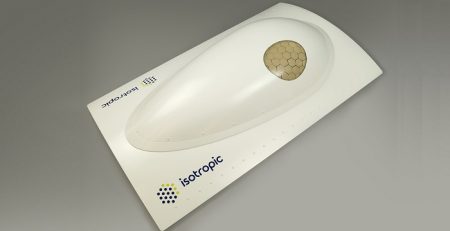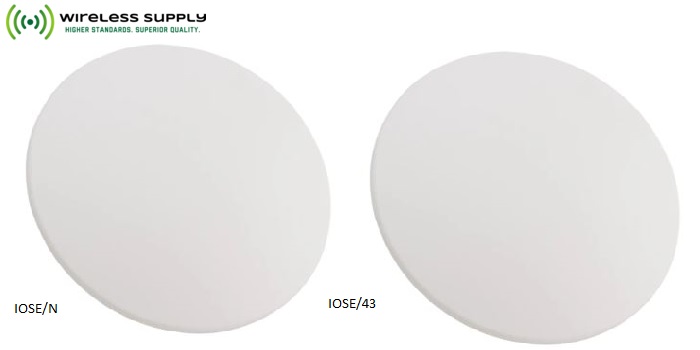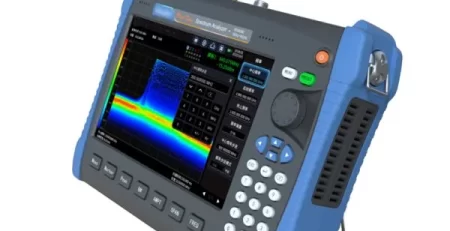How GNSS Antennas Help Your Phone and Car Know Where You Are
GNSS antennas are stars in daily tech. They power your phone’s maps. They guide drones with spot-on accuracy. Be it an active GNSS antenna pumping weak signals or a dual antenna GNSS system sharpening direction, picking the right one counts big time! This piece dives into their behind-the-scenes magic. And why quality spells the difference in how well they perform.
 What GNSS Antennas Do
What GNSS Antennas Do
GNSS antennas are key parts. They grab signals from satellites. Without them, our phones would be lost. Cars couldn’t offer directions. Drones couldn’t fly on their own. GNSS, or Global Navigation Satellite System, means a bunch of satellites. They send signals to Earth. Devices use these to find their spot. This covers GPS from the US, GLONASS from Russia, Galileo from the EU, and BeiDou from China. These satellite groups give nonstop coverage worldwide. They are key for navigation, maps, and timing tasks. The global positioning system, or GPS, is a wireless tech. It pulls info from satellites for navigation and position tracking.
Understanding GNss and lts Role in Navlgatlon
Picture this: a sky full of satellites zipping around Earth like cosmic messengers, beaming down location data to keep our lives on track. GNSS antennas are the unsung heroes that catch these signals with eagle-eyed precision. They’re absolute must-haves for our daily tech—think smartphones pinging your coffee shop spot, cars dodging traffic jams, or even fitness trackers logging your morning jog. Without these clever antennas, we’d all be wandering around like lost puppies! GNSS powers everything from ride-sharing apps to emergency services, turning weak satellite whispers into spot-on navigation magic that makes getting around a breeze. It’s the tech wizardry that keeps the world connected and on the move, one signal at a time.
How GNSS Antennas Receive Satellite Signals
A GNSS antenna picks up signals from satellites in orbit. These signals are super faint when they hit the ground. So, the antenna needs to be sharp and tuned right. It targets frequencies like GPS L1 at 1.575 GHz and L2 at 1.227 GHz. It also handles bands for Galileo, GLONASS, and BeiDou. Satellite systems like GPS, Europe’s GALILEO, and Russia’s GLONASS use different frequency bands. Multimode setups for GPS, GALILEO, and GLONASS need coverage from 1.164 GHz to 1.610 GHz. That’s a 446 MHz span.
Types of GNSS Antennas
Active vs Passive GNSS Antennas: The Dynamic Duo
There are two big types of GNSS antennas. One is the active GNSS antenna. The other is the passive GNSS antenna. An active GNSS antenna has a built-in Low Noise Amplifier, or LNA. It boosts those weak satellite signals. Then it sends them to the receiver. This shines in tough spots. Think inside cars or busy cities where signals fade. An antenna with active parts and a low-noise amplifier is called an active antenna. A micro-strip antenna and low noise amplifier, or AILNA, get designed. Then they integrate into one substrate. This gives high gain. It makes a compact device for GPS receivers. Passive GNSS antennas lack amplification. They just gather signals and hand them over. They are simple. They need no power. They fit best in spots with little interference. This passive antenna gives high gain. It has a wide beam width. It excels at low elevation signals.
What Makes a GNSS Active Antenna Different
The main difference shows in hard conditions. An active GNSS antenna keeps signal quality solid. Even with blocks like buildings or trees cutting satellite views. The LNA inside makes faint signals workable. So, it uses the LNA to amp up the low signal for top quality. The specs of the GPS antenna tie to how it’s used.
 The Use of Dual Antenna GNSS Systems: Double the Fun for Precision
The Use of Dual Antenna GNSS Systems: Double the Fun for Precision
Dual antenna GNSS systems use two antennas. They boost accuracy and heading sense. This helps in surveying or using UAVs. The OGGG-BD-36-P aviation antenna fits high-precision needs. It’s for unmanned aerial vehicles, or UAVs, and other flying tech. These setups find not just position but also direction. No movement needed. That’s huge for self-driving cars or hovering drones. Dual antenna GNSS systems cut multipath errors, too. They do this by comparing signals from both antennas.
How GNSS Antennas Work in Everyday Devices
Tiny Heroes in Your Pocket: GNSS Antennas in Smartphones
Smartphones pack small passive or active GNSS antennas. They link to chipsets for live location info. These must be tiny but strong. They work indoors or in city crowds. For mobile gadgets, the antenna needs a small size and shape. Thanks to smart designs like microstrip with LNAs, phones track spots well. Even when signals are iffy.
 Road Trip Saviors: GNSS Antennas in Cars and Navigation Systems
Road Trip Saviors: GNSS Antennas in Cars and Navigation Systems
Cars lean on active GNSS antennas for nav systems. These guide through traffic. They aid self-driving perks like lane help. OGGG-BD-33-M is a four-system multi-frequency handheld antenna. It backs GPS, BDS, GLONASS, and GALILEO. It’s great for surveying, mapping, high-precision UAVs, and more. Including car nav. Vehicle antennas often have waterproofing like IP65/IP67. They are tough-built with wide beamwidths. This ensures steady work under dashes or on roofs.
Why Antenna Quality Matters
Signal Accuracy and Stability: Locking in the Exact Spot
Top antennas give better gain traits. This affects how they snag weak signals. For example: Gain: 36±2 dBi Polarization: Right circular. Antenna gain increases signal strength in reception. Higher gain means sharper positioning. That’s vital for map apps or steady drone flights.
Reducing Interference and Improving Performance: Noise-Busting Champs
Today’s world buzzes with EM noise from cell towers or Wi-Fi. A solid antenna has out-of-band rejection. It filters junk signals. Its high out-of-band rejection cuts interference from sources like base stations. This keeps things stable and precise in tough spots. Whether it’s an active GNSS antenna on a drone, a passive GNSS antenna in your phone, or a dual antenna GNSS system on survey gear, quality shapes reliable work in any setup.
FAQ
Q: What’s better—an active GNSS antenna or a passive GNSS antenna?
A: It depends on your application! Active antennas rock in tough spots thanks to amplifiers. Passive ones shine where signals are strong.
Q: Why would I need dual antenna GNSS?
A: Dual antenna GNSS systems nail orientation without moving—perfect for UAVs or pro survey tools.
Q: Can I use my car’s navigation system without an external antenna?
A: Most new cars have built-in active GNSS antennas. They’re tuned for solid performance under roofs or dashes.

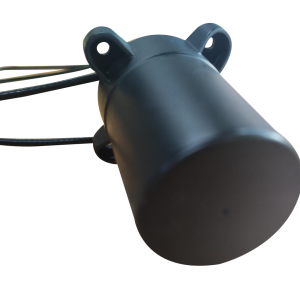
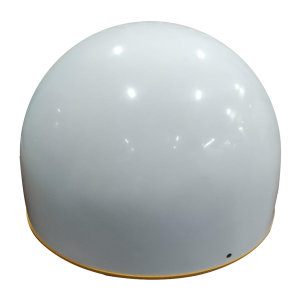 The Use of Dual Antenna GNSS Systems: Double the Fun for Precision
The Use of Dual Antenna GNSS Systems: Double the Fun for Precision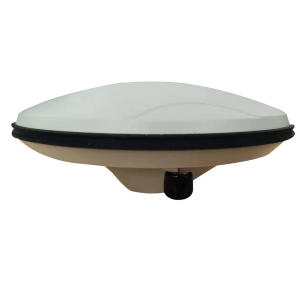 Road Trip Saviors: GNSS Antennas in Cars and Navigation Systems
Road Trip Saviors: GNSS Antennas in Cars and Navigation Systems